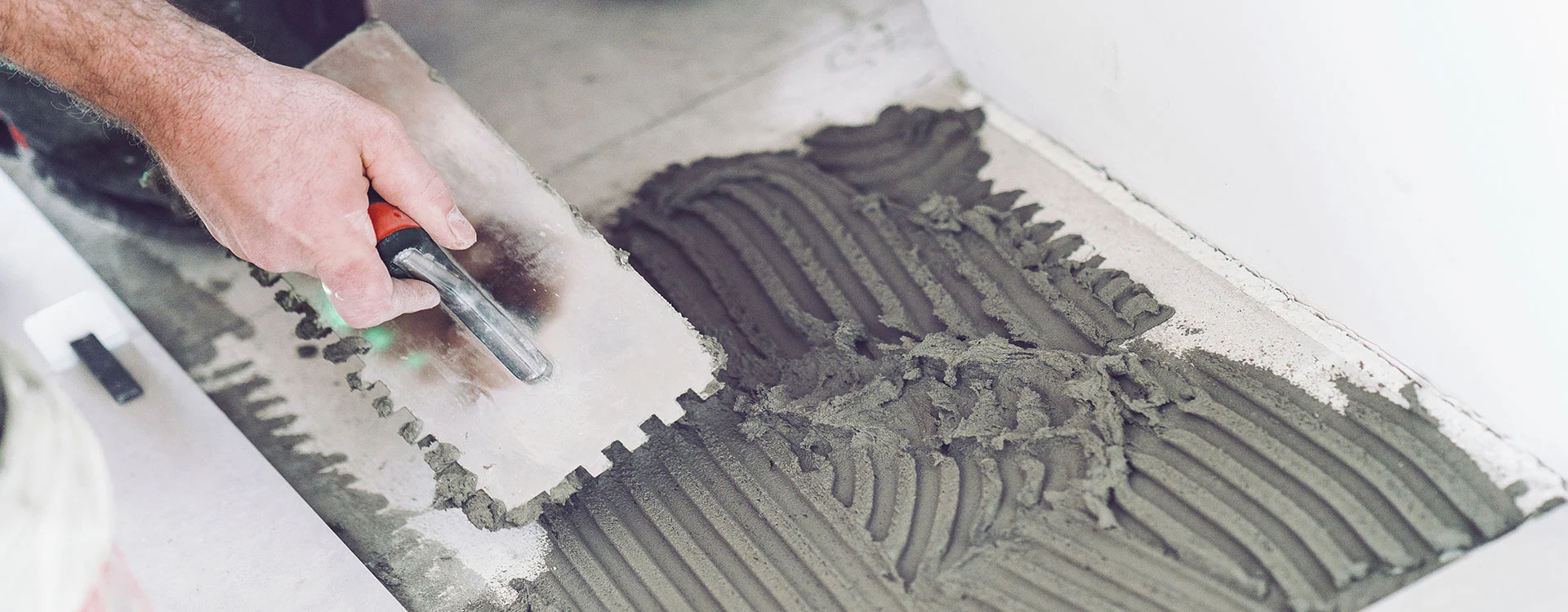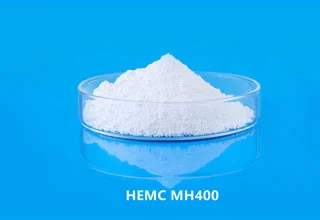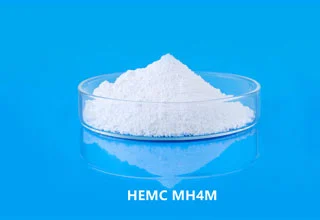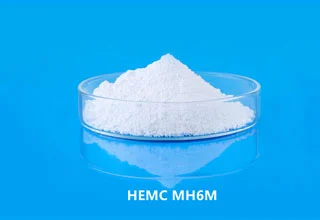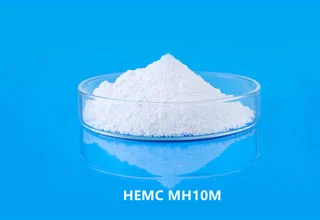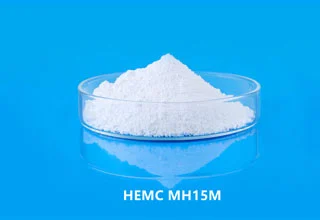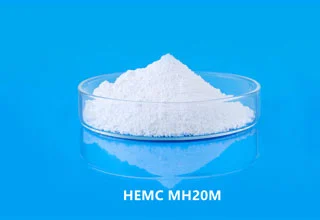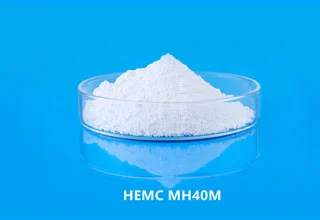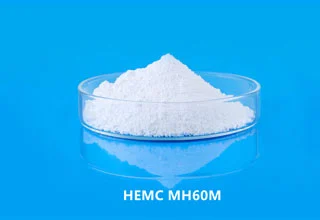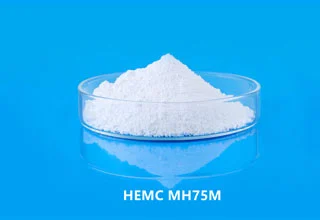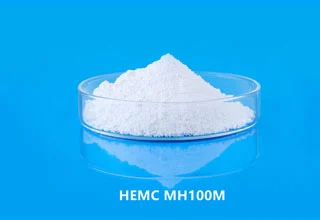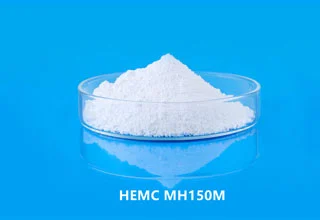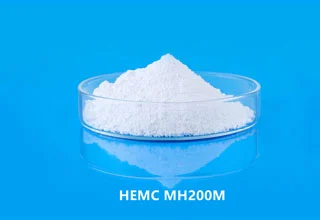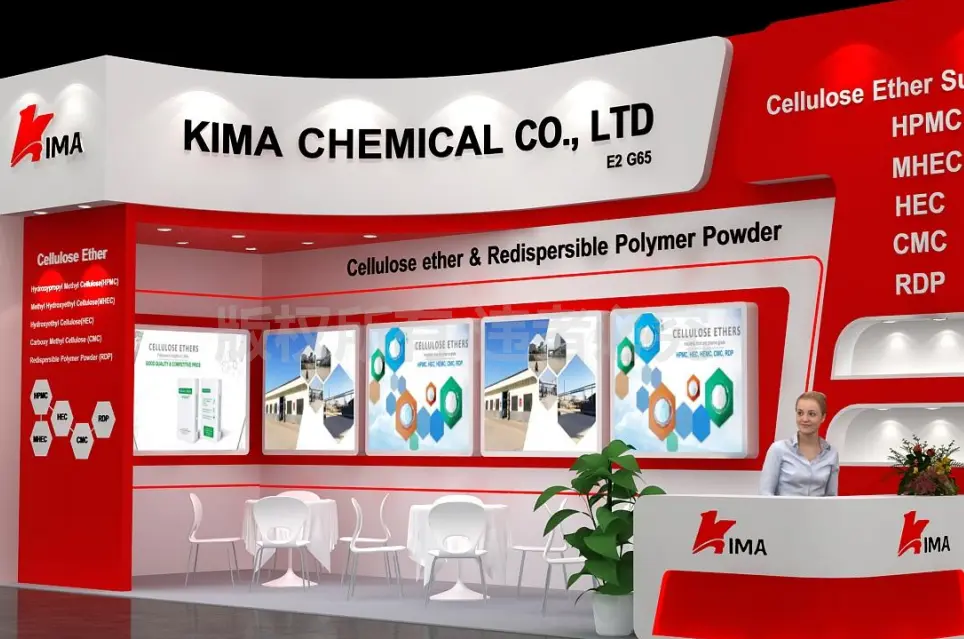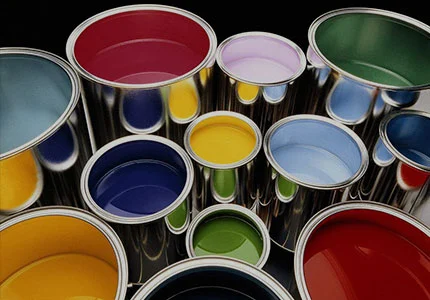HEMC (Hydroxyethyl Methyl Cellulose) is widely used additive in the building and construction industry. HEMC can enhance water retention, thickening, binding, adhesion, sag resistance, flexibility, and surface smoothness make it an essential ingredient in many applications.Here are some advantages of HEMC for building and construction:
Water Retention:
HEMC provides excellent water retention in cementitious materials, such as mortars, grouts, and renders. This helps to prevent premature drying, shrinkage, and cracking, and improves the strength, workability, and durability of the material.
Thickening:
HEMC can be used as a thickener to adjust the viscosity of building materials, providing better workability and preventing sagging or slumping during application.
Binding:
HEMC can improve the binding properties of building materials, helping to hold them together and preventing separation or segregation of the components.
Improved Adhesion:
HEMC improves the adhesion of building materials to the substrate, providing a stronger and more reliable bond.
Sag Resistance:
HEMC reduces the tendency of materials to sag or slump, which is particularly useful for vertical applications such as tile adhesives and stucco.
Flexibility:
HEMC improves the flexibility and deformability of cementitious materials, reducing the risk of cracking or damage due to thermal or mechanical stress.
Surface Smoothness:
HEMC improves the surface smoothness and finish of cementitious materials, providing a more attractive and consistent appearance.
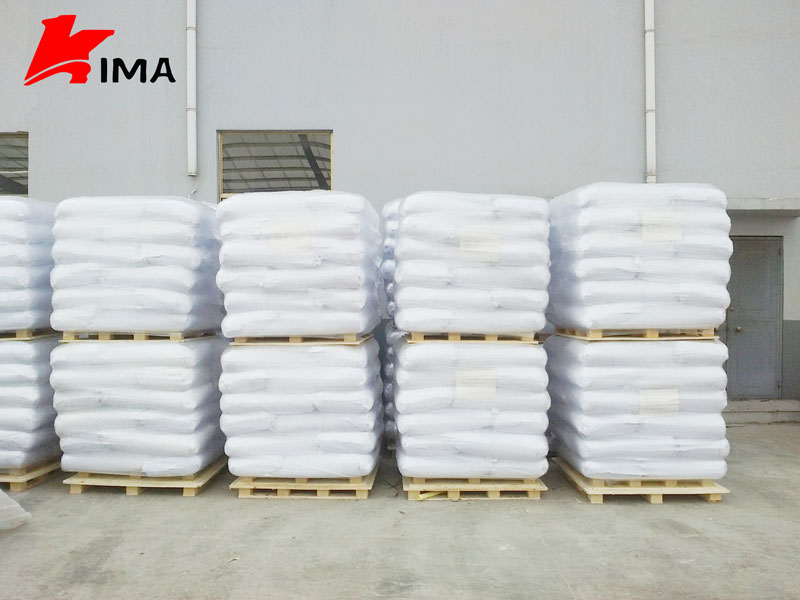
 English
English 日本語
日本語 français
français Deutsch
Deutsch Español
Español italiano
italiano русский
русский português
português العربية
العربية Türkçe
Türkçe Nederland
Nederland
